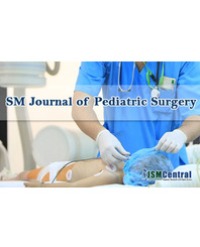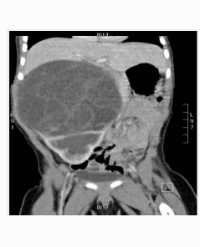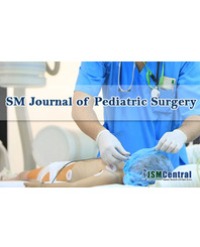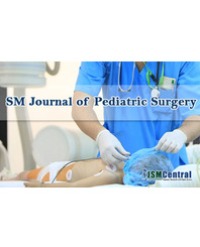
Intestinal Perforation Following Treatment of Viral Croup: A Consequence of Disease or Intervention?
We present two cases of intestinal perforation following admission and treatment for croup. The details of the respective hospital courses are discussed with a focus on potential etiologies of the intestinal demise. To our knowledge, these represent the only reported cases of viral croup progressing to intestinal perforation. Croup or laryngeotracheo-bronchitis is an infection of the upper respiratory tract most commonly affecting young children. This inflammatory process causes a classic barking cough and low grade fevers. It can be caused by myriad viruses with Parainfluenza 1 and 3 being the most common. Although generally self-limited, in its most severe form croup can cause severe respiratory distress requiring hospitalization. Current treatment of severe croup includes oral or intravenous steroids, racemic epinephrine, heliox and occasionally, intubation [1]. In general croup does not involve the gastrointestinal tract. We report two patients with severe croup requiring intubation that developed intestinal ischemia and subsequent perforation. To our knowledge, these are the only reported cases in the literature of croup and associated intestinal ischemia.
Ragavan Siddahrthan¹*, Avraham Schlager², and Matthew Clifton³




